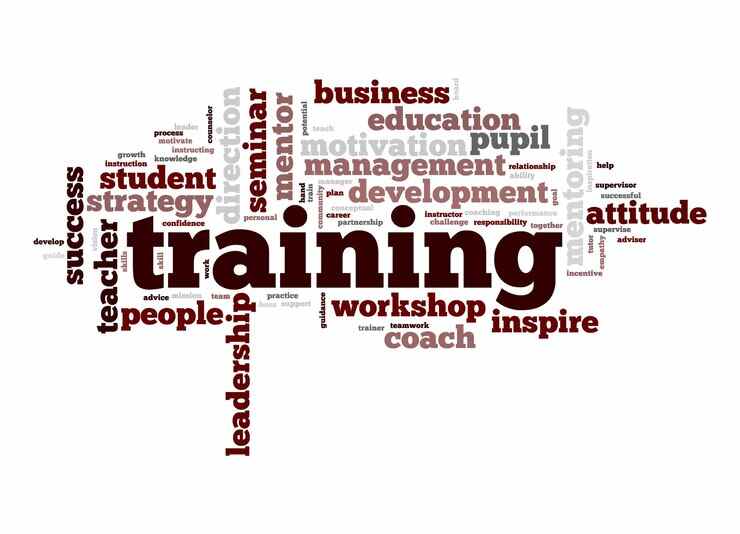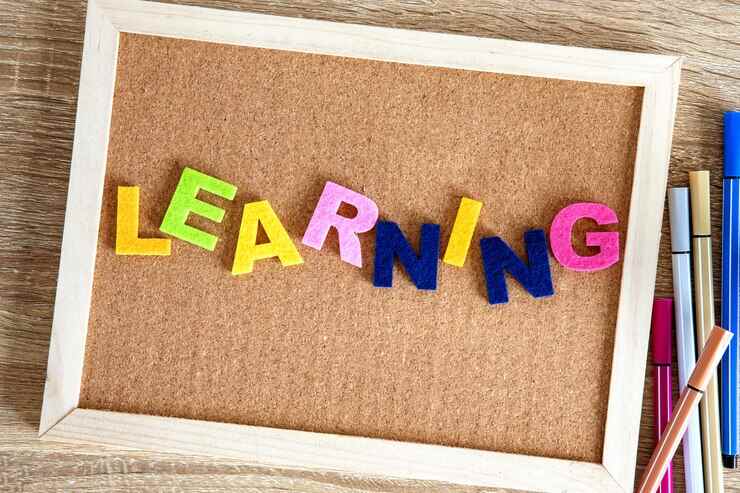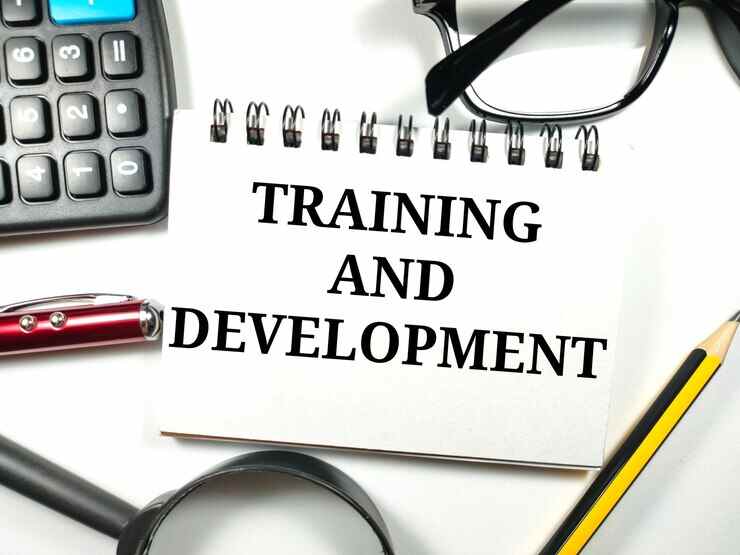Providing adequate training and development opportunities for your team can help them improve their skills, increase their job satisfaction, and ultimately benefit your organization’s performance.
Here are some steps you can take to ensure your team receives adequate training and development:
1. Identify training needs
Start by assessing the skills and knowledge of your team members and identifying areas where they need further training. This can be done through performance evaluations, one-on-one meetings, or by asking your team directly.
NB: DISC profiling
DISC profiling is something that I use and it’s a great tool to get a baseline for each member of your team. It’s an excellent behavioural profiling tool and it helps in recruitment, conflict management and for leadership skills assessment. If you haven’t come across DISC profiling before then speak to your Actioncoach and they can explain in more detail how it works.

2. Set clear goals
Once you’ve identified the areas where your team needs training, set clear goals for what you want them to achieve from the training. This will help you choose the right training programs and measure the effectiveness of the training.
3. Choose the right training programs

Select training programs that are relevant to your team’s needs and provide hands-on experience. You can choose from a variety of training options such as on-the-job training, classroom training, online courses, workshops, and seminars.
4. Provide resources and support
Make sure your team has access to the resources they need to complete their training, such as training materials, tools, and software. You should also provide support and guidance to help them through the learning process.
5. Encourage continuous learning
Encourage your team to continue learning and developing their skills by providing ongoing training opportunities. This can be done through mentoring programs, coaching, job shadowing, and encouraging attendance at industry conferences.

6. Evaluate the effectiveness of training
After the training is completed, evaluate its effectiveness by measuring your team’s performance and comparing it to their performance before the training. This will help you determine whether the training was successful and identify areas for improvement.
7. Create a culture of learning
Foster a culture of learning within your organization by encouraging your team to share their knowledge and skills with one another. You can create opportunities for cross-functional training, where employees from different departments can learn from each other.
8. Personalize training
Recognize that each team member may have different learning styles and preferences. Tailor your training programs to accommodate these differences, such as offering different formats or pacing for the training.
9. Provide feedback and coaching
Along with training, provide ongoing feedback and coaching to your team members to help them apply what they have learned in their work. This will help them build their confidence and competence.

10. Invest in technology
Consider investing in technology to support your team’s training and development, such as learning management systems or online training platforms. This can help make training more accessible, cost-effective, and efficient.
Join the NoLimits Business Community
Are you a business owner looking to take your business to the next level? Join our innovative community of like-minded professionals and gain access to a wealth of valuable resources, including a community portal to chat with other business owners, ebooks, business development software, and growth events that will transform the way you do business. Best of all, these resources are completely free and will be available to you forever.
But the benefits of joining our NoLimits business community don’t stop there. By becoming part of our community, you’ll have the opportunity to connect with other business owners, share insights and ideas, and build valuable relationships that will help your business thrive. Don’t miss out on this amazing opportunity to supercharge your business and join us today!
11. Encourage leadership development
Offer training programs and opportunities that focus on developing leadership skills. This can include mentoring, coaching, and leadership workshops. By investing in your team’s leadership development, you can build a strong leadership pipeline for your organization.
12. Offer incentives
Consider offering incentives for completing training programs, such as bonuses or promotions. This can motivate your team to take advantage of training opportunities and improve their skills.
13. Measure the ROI
Calculate the return on investment (ROI) for your training programs by evaluating the impact of training on your team’s performance and productivity. This can help you determine the effectiveness of the training and make informed decisions about future investments.
14. Benchmark against industry standards
Keep up-to-date with industry trends and best practices, and benchmark your training programs against industry standards. This can help you ensure that your team is receiving the most relevant and effective training.

15. Partner with external organizations
Consider partnering with external organizations, such as universities, industry associations, or training providers, to offer specialized training programs or certifications. This can provide your team with access to expertise and resources beyond what you may have internally.
Overall, providing adequate training and development opportunities for your team requires a strategic approach that takes into account the unique needs and preferences of your team members, as well as the goals and objectives of your organization. By investing in your team’s development, you can create a more skilled and engaged workforce that will drive your organization’s success.
By following these steps, you can provide your team with adequate training and development opportunities that will help them grow and contribute to your organization’s success.
Remember that providing adequate training and development opportunities is an ongoing process that requires commitment and effort. By investing in your team’s development, you can create a more engaged and skilled workforce that will benefit your organization in the long run.
By Gary Hales
Join the NoLimits Business Community
Are you a business owner looking to take your business to the next level? Join our innovative community of like-minded professionals and gain access to a wealth of valuable resources, including a community portal to chat with other business owners, ebooks, business development software, and growth events that will transform the way you do business. Best of all, these resources are completely free and will be available to you forever.
But the benefits of joining our NoLimits business community don’t stop there. By becoming part of our community, you’ll have the opportunity to connect with other business owners, share insights and ideas, and build valuable relationships that will help your business thrive. Don’t miss out on this amazing opportunity to supercharge your business and join us today!

